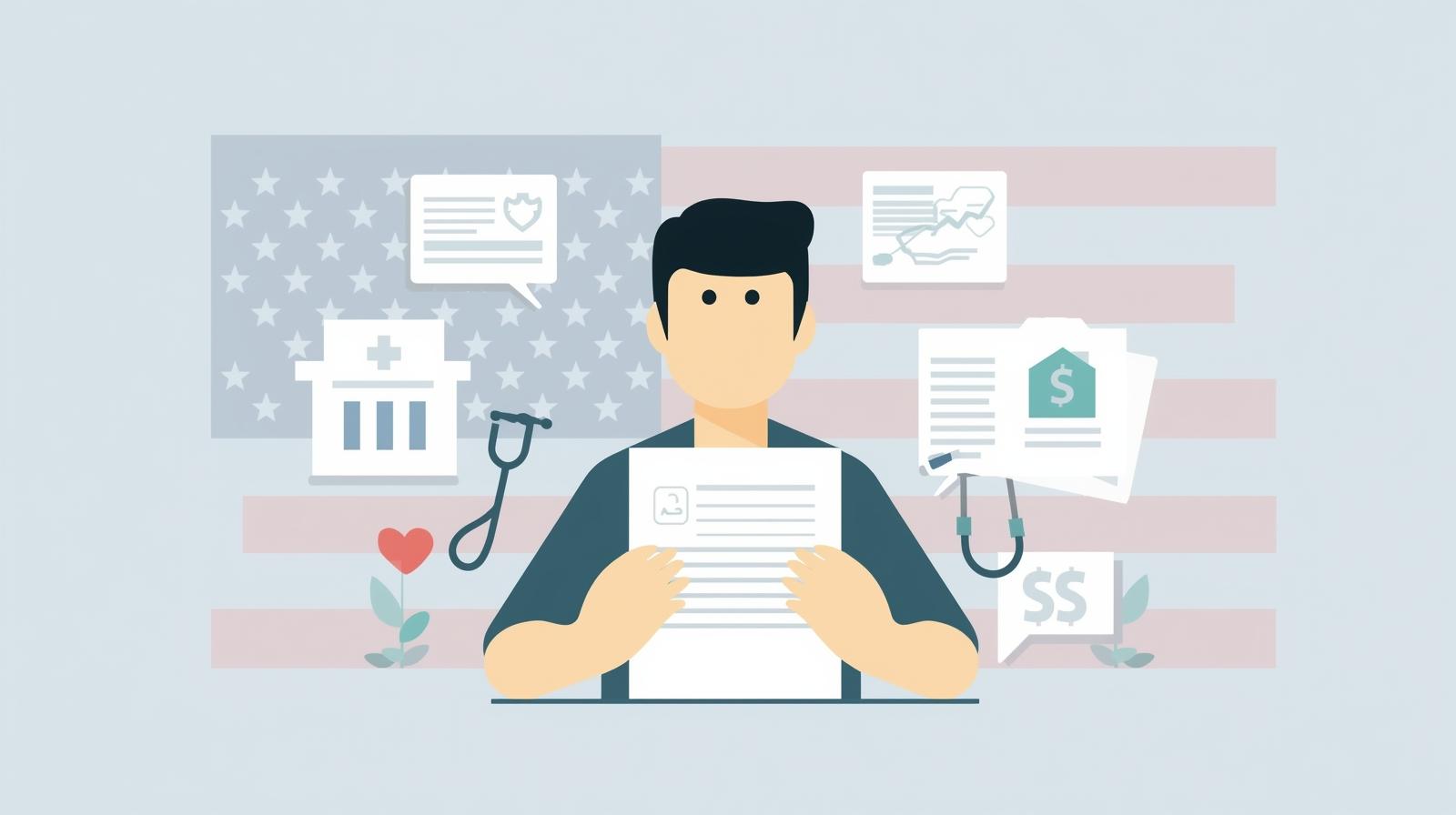Healthcare Costs in the U.S.: What Expats Need to Know in 2025
Healthcare in the United States is one of the most complex—and expensive—systems in the world. For expats arriving in the U.S., understanding how health insurance works, what it costs, and what options exist is critical to avoiding financial shocks.
In 2025, medical inflation, rising prescription drug prices, and evolving insurance regulations continue to shape the landscape. This guide provides a clear, practical breakdown of what expats need to know about healthcare costs in the U.S.
Why U.S. Healthcare Is So Expensive
Market-Driven Pricing
Unlike many countries with government-regulated systems, the U.S. healthcare market relies heavily on private providers and insurers. Prices vary dramatically across states and even between hospitals in the same city.
Administrative Costs
A significant portion of healthcare spending goes toward insurance administration, billing, and compliance, adding layers of cost not seen in single-payer systems.
Technology and Drug Prices
Cutting-edge treatments and high-cost prescription drugs contribute to rising expenses. Even common medications often cost more in the U.S. than abroad.
Average Healthcare Costs in 2025
Health Insurance Premiums
- Employer-sponsored insurance: average $8,200/year (individual), $22,800/year (family)
- Marketplace insurance (Affordable Care Act): varies by state and age, but averages $6,000–$9,000/year for individuals
Out-of-Pocket Costs
- Doctor visit: $100–$250
- Specialist consultation: $200–$400
- Emergency room visit: $1,000–$3,000 (before insurance coverage)
- Prescription drugs: $20–$500 depending on medication
Health Insurance Basics for Expats
Employer-Sponsored Insurance
Most U.S. workers receive health coverage through their employers. This often provides the best balance of cost and benefits.
ACA Marketplace Plans
Expats without employer coverage can purchase insurance through the government marketplace. Subsidies may be available depending on income.
Private International Plans
Some expats opt to maintain international health coverage, which may be more flexible but is often not accepted by U.S. hospitals.
Special Considerations for Expats
- Visa Requirements – Some visa categories (e.g., J-1, F-1) require proof of health insurance.
- Pre-Existing Conditions – Under the ACA, insurers cannot deny coverage, but premiums may still be high.
- Network Restrictions – Insurers often limit which doctors and hospitals you can use.
- Short-Term Coverage – For temporary stays, short-term health insurance or travel insurance may be sufficient.
Case Studies: Common Expat Healthcare Experiences
Expat in New York City (High-Cost Region)
- Employer-sponsored insurance costs around $600/month for individual coverage.
- Out-of-pocket emergency room visit after a minor accident: $1,800.
- Lesson: Even with insurance, copays and deductibles can be significant.
Expat in Texas (Mid-Cost Region)
- Marketplace bronze plan: around $450/month.
- Doctor visits cost $40–$60 with insurance.
- Lesson: Costs vary by state, and subsidies can reduce premiums.
Expat Student on F-1 Visa
- Required to purchase university health insurance plan.
- Premiums average $2,000–$3,000 per year.
- Lesson: Student plans are often more affordable but have limited coverage.
Key 2025 Healthcare Updates
Rising Premiums
Premiums are projected to rise by an average of 6% in 2025, outpacing general inflation.
Prescription Drug Reforms
The Inflation Reduction Act continues to cap insulin costs at $35/month for Medicare, and negotiations for other drug prices are ongoing—potentially affecting expats on long-term medications.
Telehealth Expansion
Telemedicine remains widely covered post-pandemic. Expats can consult doctors remotely, reducing costs for routine care.
Step-by-Step Guide: Choosing a Health Plan as an Expat
- Check Visa or Employer Requirements – Some visas mandate health coverage. Employers may offer group plans.
- Compare Marketplace Options – Use Healthcare.gov or your state marketplace to review ACA plans.
- Evaluate International vs. U.S. Plans – International plans may not cover routine care in the U.S.
- Balance Premiums vs. Deductibles – Lower premiums often mean higher deductibles. Choose based on expected healthcare usage.
- Look at Provider Networks – Confirm your preferred doctors and hospitals are in-network.
Practical Tips to Reduce Healthcare Costs
- Use Preventive Services – Many are free under ACA-compliant plans.
- Choose Generic Drugs – Significant savings compared to brand-name prescriptions.
- Use Urgent Care Instead of ER – For non-life-threatening issues, urgent care is cheaper than emergency rooms.
- Leverage Telehealth – Save time and money for minor issues.
- Health Savings Accounts (HSAs) – If eligible, HSAs provide tax-advantaged savings for medical expenses.
Living with the U.S. Healthcare System
For expats, U.S. healthcare can feel overwhelming—both in cost and complexity. Yet with careful planning, the system becomes manageable.
- Employer coverage offers the strongest protection.
- Marketplace options give flexibility but can be costly without subsidies.
- Understanding networks, deductibles, and co-pays is critical to avoiding financial surprises.
In 2025, rising premiums and drug costs remain challenges, but reforms and telehealth expansion provide new opportunities for affordable care. With the right strategy, expats can focus less on bills and more on building their new life in the U.S.

Leave a Reply